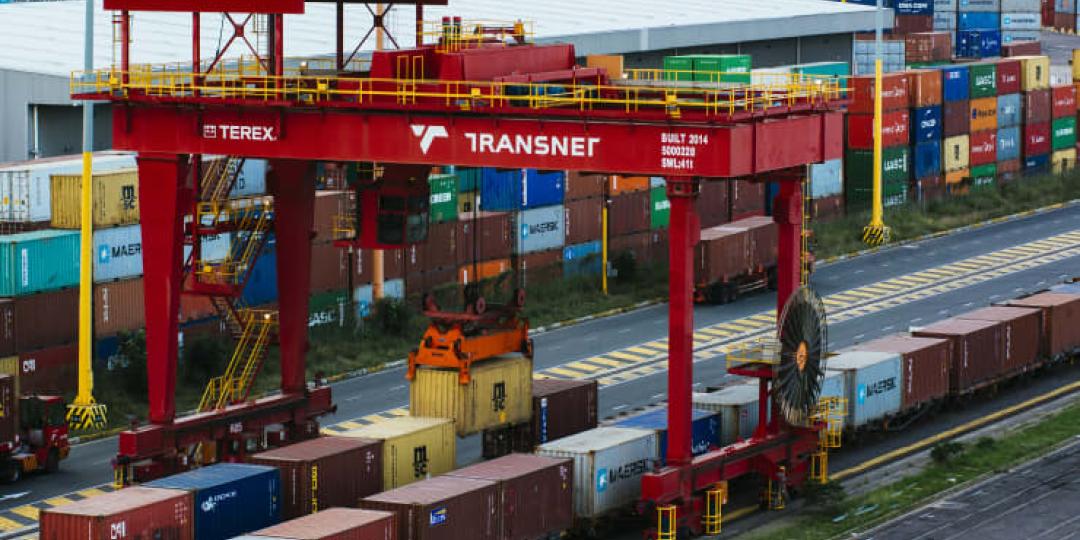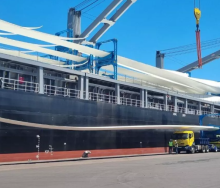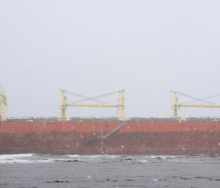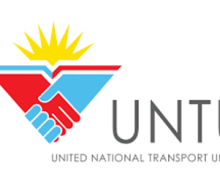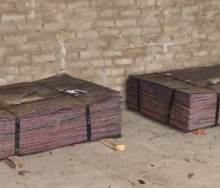Transnet has announced plans to change Durban Container Terminal’s (DCT) Pier 1 and 2 box storage procedure timing to reduce truck congestion and improve terminal stack fluidity.
Transnet said in a statement on Thursday that it would be changing the counting of the free 78 hours of container storage to be effective from the date that a container is offloaded and stored in the port’s stacking area. The parastatal said that the change was in line with the port’s efforts to remove inefficiencies from the supply chain to improve terminal stack fluidity.
Previously, the counting of the free 78 hours would start after all containers on a vessel had been offloaded. Under the new operating model, the counting of the free 78 hours will begin from the date the container is offloaded from the vessel and placed in the stacking area to be collected.
Transnet said cargo owners would continue to receive the free import storage as referenced in the tariff book and there would be no additional charges, however the start of the free storage period would be updated. The parastatal said it had notified all stakeholders of the intention to change the timing this week and that it would further engage with port users before implementation, which was planned for September 1 for DCT Pier 2 and October 1 for DCT Pier 1.
Newly appointed DCT managing executive Earle Peters explained how the new system would work.
“Instead of waiting for all containers to offload before we advise industry, DCT will be starting the free storage clock from the date the container lands in the stacking area. This way, we will discourage the truck congestion associated with pick up on the last 24 hours of the allocated free 78 hours,” Peters said.
He added that the initiative would aid a smoother collection process to ensure fluidity on public roads and within the operational area at the terminals.
“Through this initiative, we are able to optimise existing capacity, and importantly, eliminate wasted time as congestion in the stacking area slows down the operation,” said Peters.
Over the past few years, vessels calling the Durban container terminals have increased in their call exchange size. For example, two years ago the biggest import vessel would carry 3 000 containers for offloading. These vessels now carry 4 000 containers, requiring additional stacking capacity and a longer duration to offload.
“If we offload 1500 containers in the first 24 hours like we do, importers can immediately start sending trucks for collection instead of waiting on all 4 000 containers to offload before advising industry of availability for collection,” Peters said. “This will reduce unnecessary dwell times in the terminal and aid the evacuation of containers as soon as possible, improving the entire supply chain.”
The terminals have also piloted a mass rail import evacuation system, in partnership with Transnet Freight Rail (TFR), to ease the movement of trucks that were congesting Bayhead Road after the April floods. One 50-wagon train now replaces 53 road trucks that previously called on the terminals via Bayhead Road. This initiative will continue for the benefit of all users of the terminals.
In addition, the terminals have collaborated with the cold storage logistics chain and TFR to offer a mass export solution for citrus ambient reefers as South Africa enters month three of the busy citrus season. The Perishable Products Export Control Board (PPECB) has granted approval for ambient reefer movements between Bayhead and the terminals.
“Engagements with industry are ongoing and we are working with our logistics service providers to make use of the operation as its success depends on their uptake,” said Peters.
